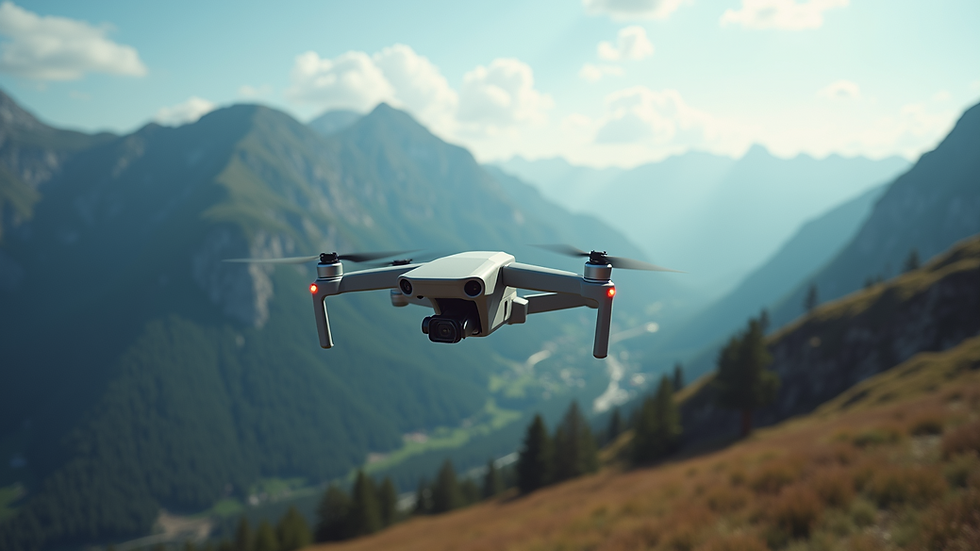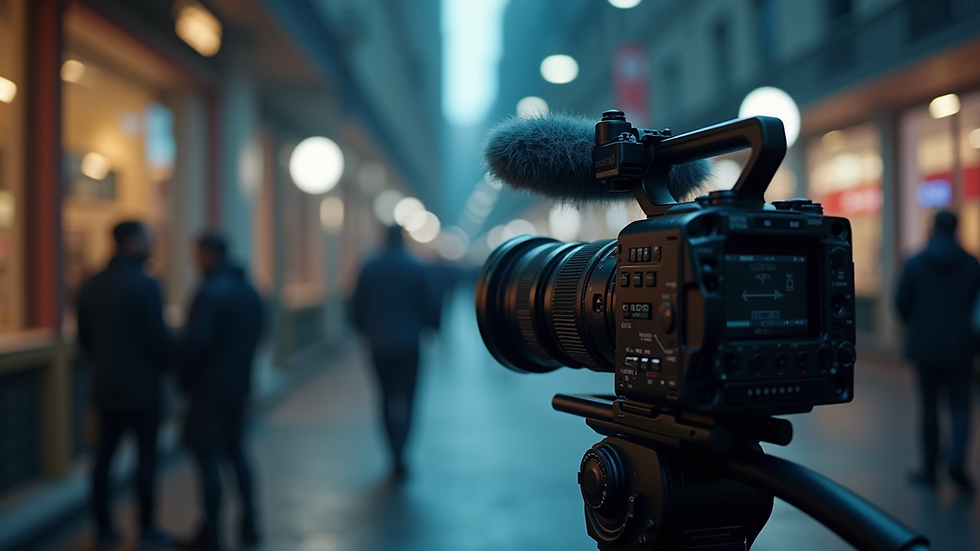Mastering the Art of Live Music Photography
- brianawarren7
- Aug 11
- 4 min read
Capturing the energy and emotion of a live concert is a thrilling challenge for any photographer. Concert photography techniques require a blend of technical skill, creativity, and quick reflexes to freeze moments that tell a story. Whether you are shooting a small local gig or a large festival, mastering these techniques will help you create stunning images that resonate with viewers.
Essential Concert Photography Techniques for Stunning Shots
Concert photography is unique because of its dynamic environment. Lighting changes rapidly, performers move unpredictably, and crowds add to the atmosphere. To succeed, you need to adapt quickly and use the right techniques.
Use Fast Lenses: A lens with a wide aperture (f/1.8 or f/2.8) allows more light to hit the sensor, which is crucial in low-light concert settings. This helps you maintain faster shutter speeds to avoid motion blur.
Shoot in Manual Mode: Controlling ISO, shutter speed, and aperture manually gives you the flexibility to adjust to changing light conditions. Start with a high ISO (1600-3200) and adjust as needed.
Focus on the Eyes: When photographing performers, sharp eyes create a powerful connection. Use single-point autofocus to lock onto the eyes.
Anticipate the Action: Watch the performers’ movements and expressions to predict moments worth capturing. This anticipation helps you be ready to shoot at the perfect time.
Use Burst Mode: Taking multiple shots in quick succession increases your chances of capturing the perfect moment.
Experiment with Angles: Don’t just shoot from the front. Try low angles to emphasize the performer’s presence or side angles to capture stage lighting effects.

Equipment Tips to Enhance Your Concert Photography Techniques
Having the right gear can make a significant difference in your concert photography results. Here are some practical recommendations:
Camera Body: A DSLR or mirrorless camera with good high ISO performance is ideal. Full-frame sensors generally perform better in low light.
Lenses: A 24-70mm f/2.8 zoom lens offers versatility for different framing options. Prime lenses like 50mm f/1.8 or 85mm f/1.8 are excellent for portraits and close-ups.
Monopod or Tripod: While tripods are often not allowed in concerts, a monopod can help stabilize your shots without being intrusive.
Extra Batteries and Memory Cards: Concerts can last several hours, so be prepared with backups.
Ear Protection: Protect your hearing in loud environments with earplugs designed for musicians or concertgoers.
Remember, the best equipment is the one you know how to use well. Practice with your gear before heading to a live event.

How much does live music photography cost?
Understanding the cost of live music photography is important whether you are hiring a professional or planning your own budget as a photographer.
Entry-Level Photographers: Rates typically start around $100 to $300 per event. These photographers may be building their portfolios and offer affordable prices.
Experienced Photographers: For those with a strong portfolio and reputation, prices range from $300 to $1000 or more per event, depending on the size and duration.
Additional Costs: Consider expenses such as travel, equipment rental, post-processing time, and licensing fees for commercial use.
Packages: Some photographers offer packages that include a set number of edited images, prints, or digital albums.
If you want to explore professional options, check out live music photography services that provide quality and experience tailored to your needs.

Post-Processing Tips to Make Your Concert Photos Pop
Editing is a crucial step in concert photography. Raw images often need adjustments to bring out the best in colors, contrast, and sharpness.
Adjust Exposure and Contrast: Concert lighting can create harsh shadows or blown-out highlights. Use exposure sliders to balance the image.
Enhance Colors: Boost vibrancy and saturation carefully to emphasize stage lights without making the image look unnatural.
Sharpen Details: Apply sharpening to bring out textures in clothing, instruments, and facial features.
Noise Reduction: High ISO settings introduce noise. Use noise reduction tools to clean up the image while preserving detail.
Crop for Impact: Tighten your composition by cropping out distractions and focusing on the subject.
Software like Adobe Lightroom and Photoshop are popular choices for concert photo editing. Develop a consistent style that reflects the mood of the event.
Tips for Building a Portfolio in Concert Photography
Creating a strong portfolio is essential for attracting clients or gaining recognition in the music photography world.
Diverse Genres: Include photos from different music genres and venues to show versatility.
Highlight Emotion and Energy: Select images that capture the passion and atmosphere of live performances.
Show Technical Skill: Include shots with sharp focus, good exposure, and creative composition.
Create an Online Presence: Use a website or social media platforms to showcase your work and connect with musicians and event organizers.
Network: Attend concerts, meet artists, and collaborate with other creatives to expand your opportunities.
By consistently updating your portfolio with fresh and exciting images, you position yourself as a go-to photographer for live music events.
Mastering concert photography techniques takes time and practice, but the rewards are immense. With the right approach, equipment, and editing skills, you can create images that not only document but celebrate the magic of live music. Whether you are shooting for fun or professionally, keep experimenting and learning to capture unforgettable moments on stage.



Comments